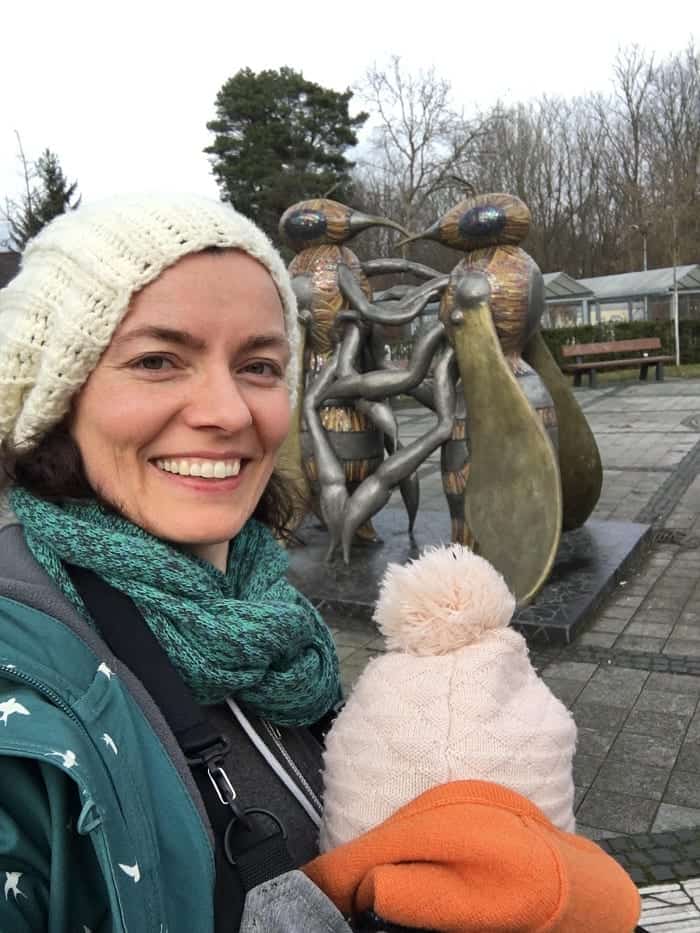Often listed as one of the most impressive collections of antiquities in the world, Berlin’s Pergamon Museum is well worth a visit - whether you are a seasoned archaeologist, a complete classical arts novice or any interest level in between.
Filled with breathtaking monuments of massive scale, a trip to the Pergamon will humble you in the face of history.
Located on the UNESCO World Heritage designated “Museum Island,” the Pergamon Museum consists of three collections – the Antiquity Collection (also partially housed in the Altes Museum and the Neues Museum), the Middle East Museum and the Museum of Islamic Art - each impressive enough to warrant its own internationally renowned museum.
Built in the turbulent years between 1910 and 1930, the building was designed specifically to house the plethora of archaeological treasures that German teams were excavating in the Middle and Far East.
Construction continued even during the years of World War One and the period of massive instability and inflation of the 1920s, opening to a fascinated public in 1930.
This public adoration would be short lived – the massive Romanesque structure was badly damaged during World War Two air bombings, and was then looted by Russian soldiers in 1945 (many museums pieces are still housed in Russian museums).
Thankfully, quick-thinking curators saved many antiquities before the bombings began, and the most famous monoliths were walled in and reinforced to protect them. The museum re-opened in the ‘50s, and has been a world-class institution ever since.
The Pergamon Museum, like so many museums of antiquities in Europe, faces ethical dilemmas owing to its nineteenth century history of imperialist plunder from poorer nations.
Turkey has long called for the return of the Pergamon Altar, something that the namesake museum is reluctant to provide.
It will be interesting to follow these debates over the coming years, and it is something every visitor should think about before their visit.
The main attractions of the Pergamon are its legendary reconstructions of monolithic archaeological antiquities. The eponymous Pergamon Altar, a forty metre wide 2nd century BCE structure excavated from what is now Turkey, features a detailed frieze depicting a battle between Gods and Giants.
The Grecian 2nd century-era Market Gate of Miletus is another famous draw, having been destroyed in an 11th century earthquake but completely excavated, restored and reconstructed in 1901 in Berlin.
The use of modern materials to construct missing components continues to be a controversial practice to this day.
The Mshatta Façade, located in the Museum of Muslim Art wing of the Pergamon, is from the eighth century Jordanian Palace of Umayyad, one of the country’s Desert Castles.
The façade is decorated in fine, detailed carvings, depicting animals and filigree patterns, and was damaged badly in World War Two. It has since been repaired, and remains one of the most celebrated pieces in the collection.
For many, the most impressive site contained within the museum is the Ishtar Gate, a processional corridor and massive arch excavated from the ancient city of Babylon (in modern day Iraq, near Baghdad).
It was constructed in 575 BCE to honor the goddess Ishtar, and features stunning glazed tile-reliefs of fantastical creatures such as dragons, as well aurochs and lions.
The vivid colours of these 2600 year-old blue, yellow and green tiles leave a lasting impression on guests, and people travel the globe for a chance to walk through the gate. This is museum-going on a grand scale!
The Pergamon Museum is one of the top 60 museums in Berlin.
Tickets:
Adults 12 Euros/Concession 6 Euros (book online to save 1 Euro)
Also available as part of the Museum Island ticket: 18 Euros/9 Euros (book online to save 1 Euro)
Hours:
7 days a week 10am-6pm (except Thursdays 10am – 8pm)
U-Bahn/S-Bahn:
Friedrichstaße, Hackescher Markt, or Oranienburger Strasse
+++Don’t forget to check out our pay-what-you-like walking tours of Berlin!+++ f




